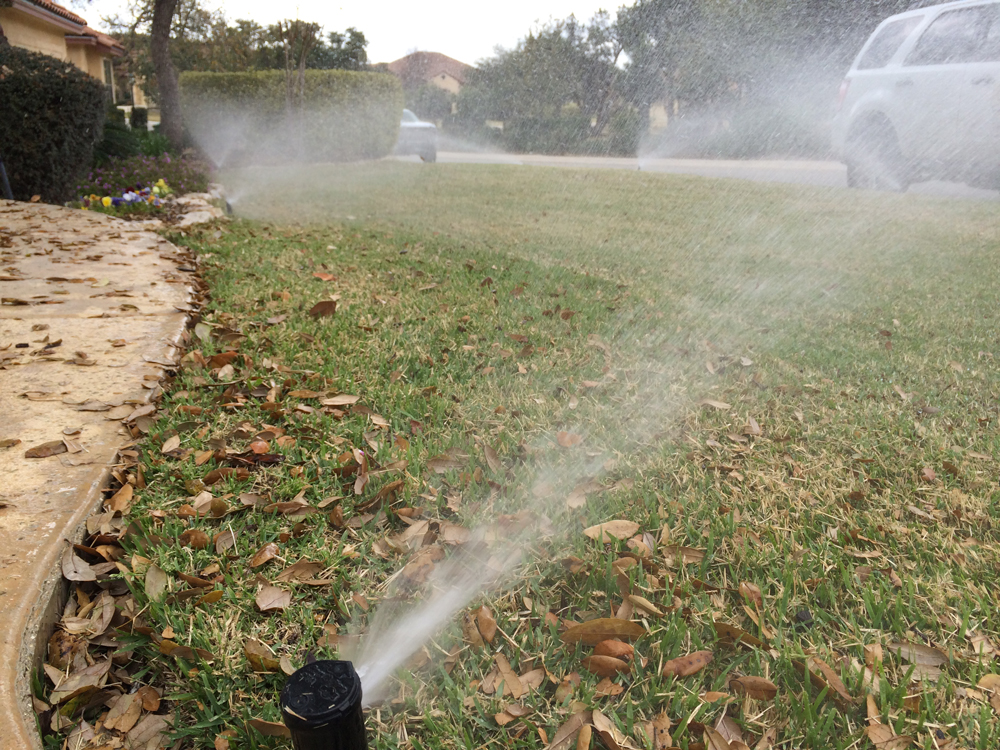That’s your water and money drifting into the wind, and it’s a red flag that there’s a problem.
Excessive pressure in an irrigation system can waste up to 50 percent of the water applied to a landscape. It can also increase your water use and your bill.
High pressure occurs when the pressure inside an irrigation system is higher than the specifications of the sprinkler heads. It’s incredibly obvious when the system is running: You’ll see dense fogging as the emerging water stream evaporates into the air instead of landing on the ground.
That’s your water and money drifting into the wind, and it’s a red flag that there’s a problem.

High water pressure inside the house can cause damage, which is why a pressure reducing valve, or PRV, is often included on newer homes. It allows a homeowner to manually adjust the water pressure to keep it in a safe range between 40 and 80 psi (pounds per square inch.)
Although PRV fixtures aren’t normally installed on irrigation systems, there is a solution: pressure can be regulated at the sprinkler head.
The way this head works is it has a pressure regulator built into the spray or rotor head to control the pressure coming out of the component. This improves water distribution to all the sprinkler heads, effectively delivering larger water drops to the ground and reducing the vapor escaping into the air.
It’s a great way to maximize your irrigation system efficiency and can reduce your water bill too.
If your sprinkler system is watering the air instead of the grass, give us a call to schedule a free WaterSaver irrigation consultation.


